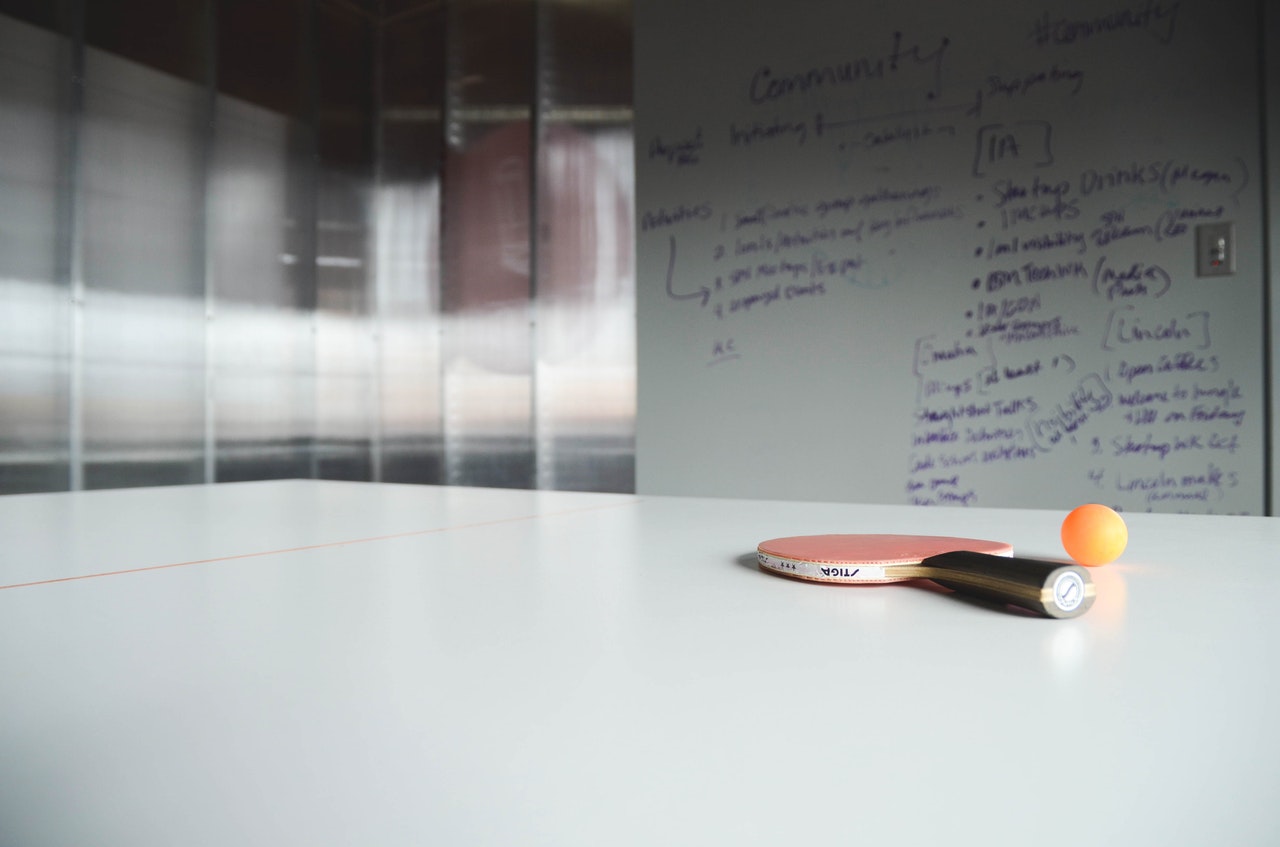We're well over a year into this pandemic, and a lot has changed. And I mean a lot. The world has adapted so quickly in so many ways, especially the working world. Sure, we may have had video calls with clients that were too far to visit or the occasional phone interview, but these are now part of our everyday work routine.
As the world begins to ease back to normal, it’s time to start thinking about how your company will approach getting back to the office, if you’re planning on returning in person at all. One of the many things to think about is how to approach professionalism in the workplace, more specifically, workplace attire.
Companies with a stricter dress code often follow a business formal policy. Here, it wouldn’t be uncommon to find employees dressed in a suit and tie. Other companies might use a business casual dress code, where everyone could wear jeans and a collared shirt or blouse. From the outside it may seem like many corporations only follow a business formal policy, but many were already beginning the shift towards a more casual dress code, even before COVID. And that varies a lot by industry, of course.
However, the Zoom dress code has been completely different. Where one might normally wear slacks or a blazer, lots more are now wearing sweatpants and slippers. There's no need to get into your full business attire when all the other person will see is your shirt and head.
The Zoom mullet
We’ve all heard of “business in the front, party in the back” to describe the mullet. Now, it’s become “business up top, pajamas on the bottom.” This so-called “Zoom mullet” has played a great role in shifting the work-place dress code.
It seems that a lot of the in-person business formal attire has been retired, or is on its way out the door. Don’t have time to put on your best work suit? No problem. A plain black T-shirt will do the trick over Zoom. No time to fix your hair? That's okay! A low pony or a quick run through with your fingers will fix that right up. The strict guidelines that are usually followed have been put aside, or at least altered to fit the current world situation.Another great thing about Zoom is that you can use lighting to your advantage. A small ring light attached to the top of your laptop can be used to touch up your appearance to make you more presentable during your daily meetings. The smallest shift in lighting can go a long way.

Dress for success
Everyone knows the saying “dress for success.” However, it seems that this past year the exact opposite has been proven. Everyone has been working in their pajamas, yet the same amount of work has been getting done.
Another part of the work dress code that has been changing is business travel attire. I asked Gregg Spratto, President and Chief Technical Officer at PRO Unlimited, what he's noticed while traveling for work during the past year. He mentioned that not much has changed, but outfits have been trending more casual. He states, “We're still not in the office, so when you're meeting in a hotel, people are a lot more casual.” One thing he was surprised with was how people may be too casual at times over Zoom. You may see someone wearing hats, or notice that they still have bed head. He says that it's important to still be professional even if you are dressing more relaxed.
While there are some exceptions to this laid-back dress code, such as meeting with board directors or talking with a client for the first time, it's important to notice that the standards have changed over the past year, so forcing a strict policy for your employees may not be the best way to boost morale. It could in fact have the opposite effect and demolish the excitement that people are feeling while finally returning to the office.
In fact, a recent study from Randstad US found that 33% of workers would rather have a more casual dress code than a $5,000 raise.
So what does this mean for your company? Is anything changing about your dress code, if you have one at all? Will you be requiring your employees to dress for the part, or will their plain T-shirt and jeans suffice so long as the work is getting done?




